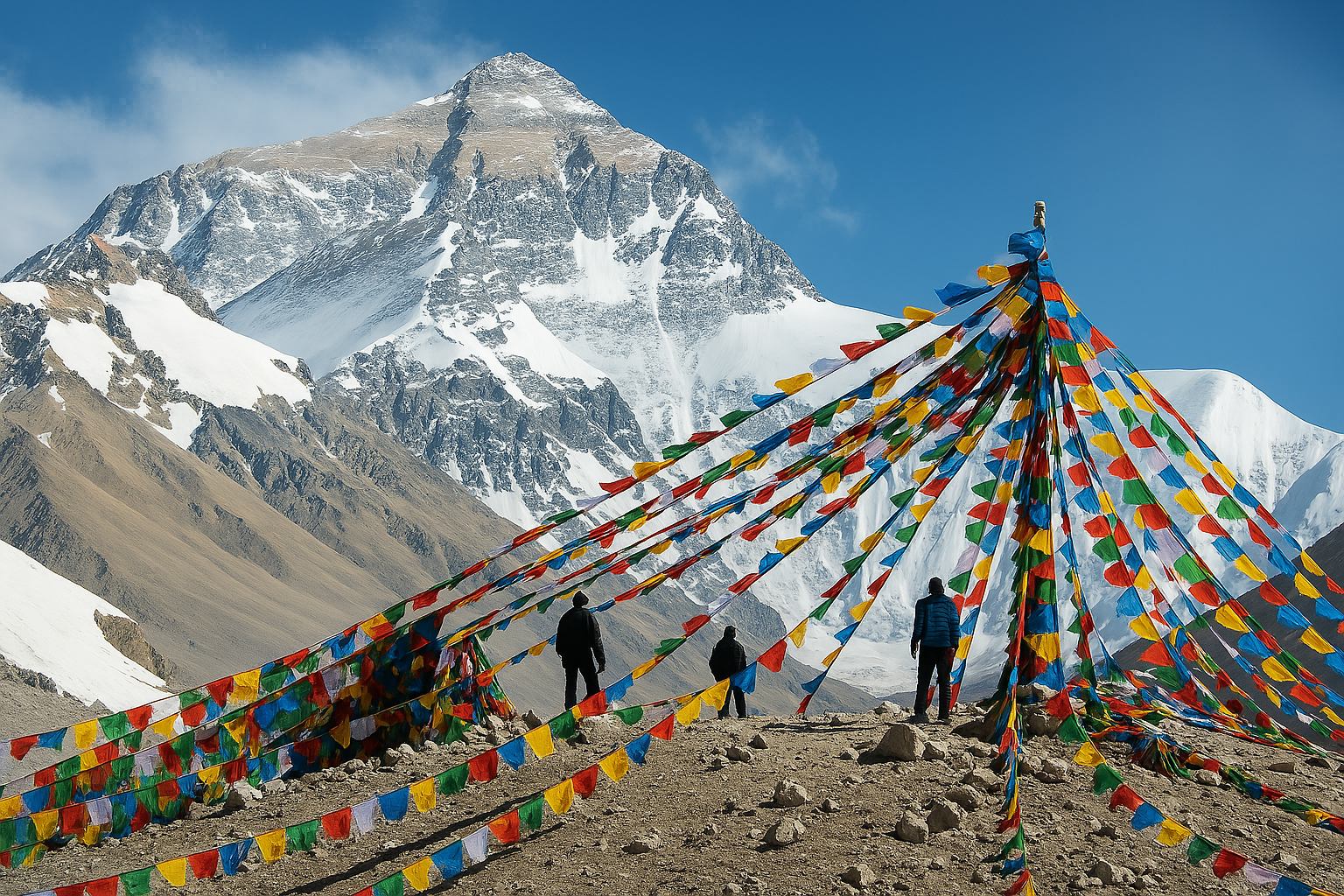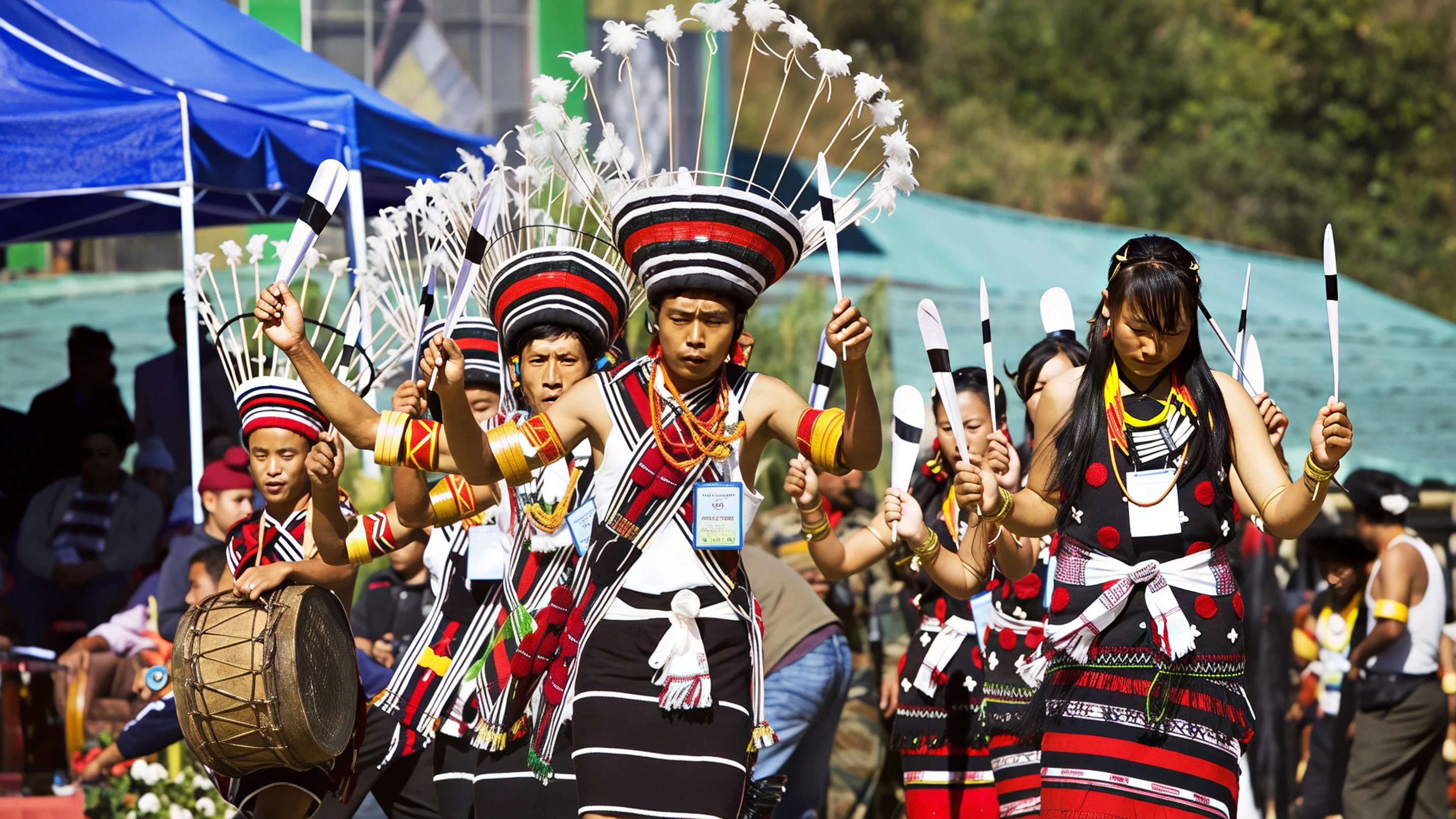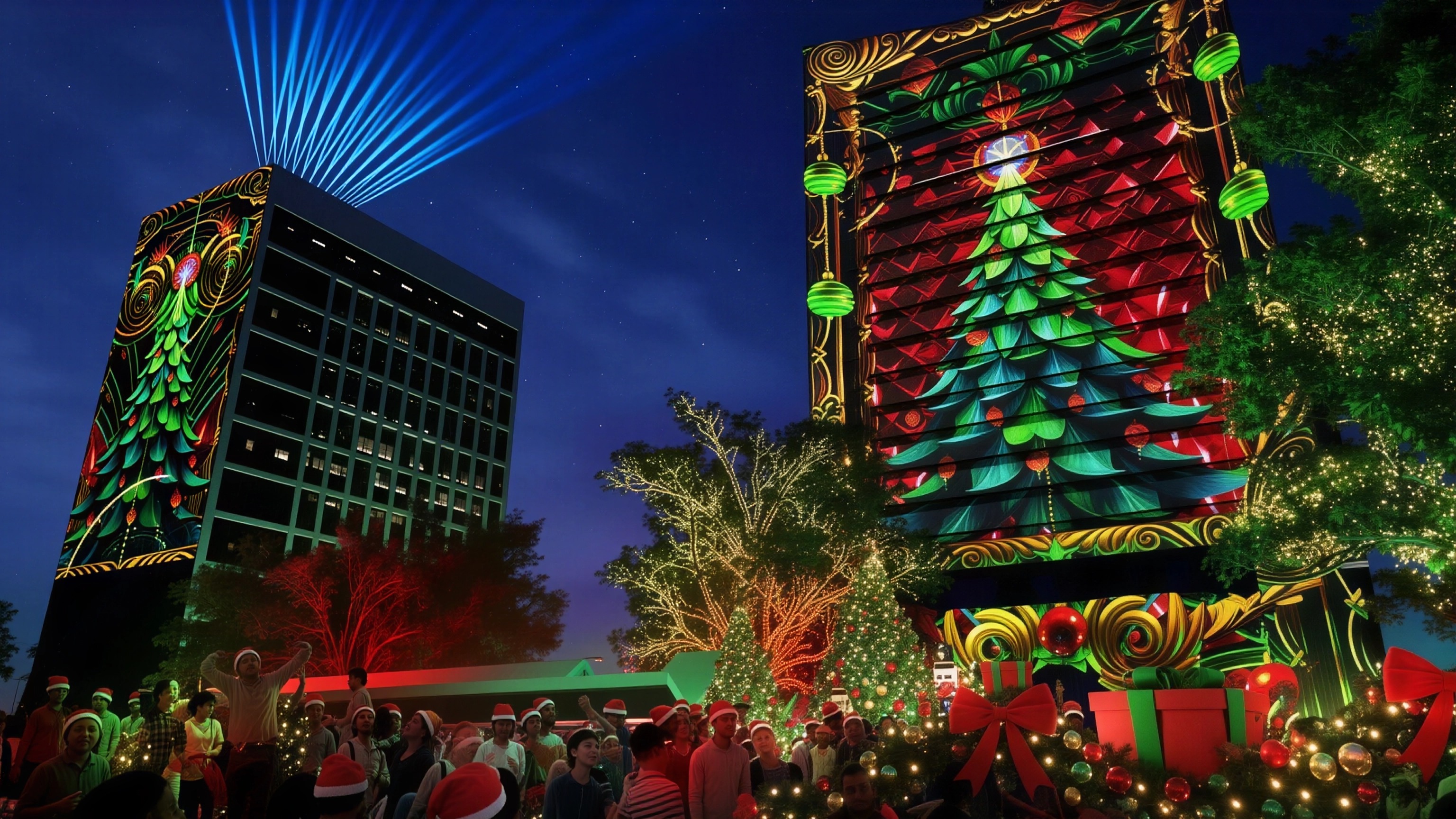Standing at the foot of the world’s tallest mountain is a dream for many. The Everest Base Camp trek is not just a hike, it is a journey that tests your body, calms your mind, and fills your soul with memories that will stay forever. If you are from India and planning to do this iconic trek, here is a detailed guide to help you reach Everest Base Camp with clarity, confidence, and proper preparation.

To begin the journey, you will need to fly to Kathmandu, the capital of Nepal. A round trip from major Indian cities like Delhi, Mumbai, or Kolkata usually costs between fifteen to twenty thousand rupees depending on the season. From Kathmandu, the most common way to reach the starting point of the trek is to take a domestic flight to Lukla. This short but thrilling flight costs around ten to twelve thousand rupees one way and lands on one of the most adventurous airstrips in the world.
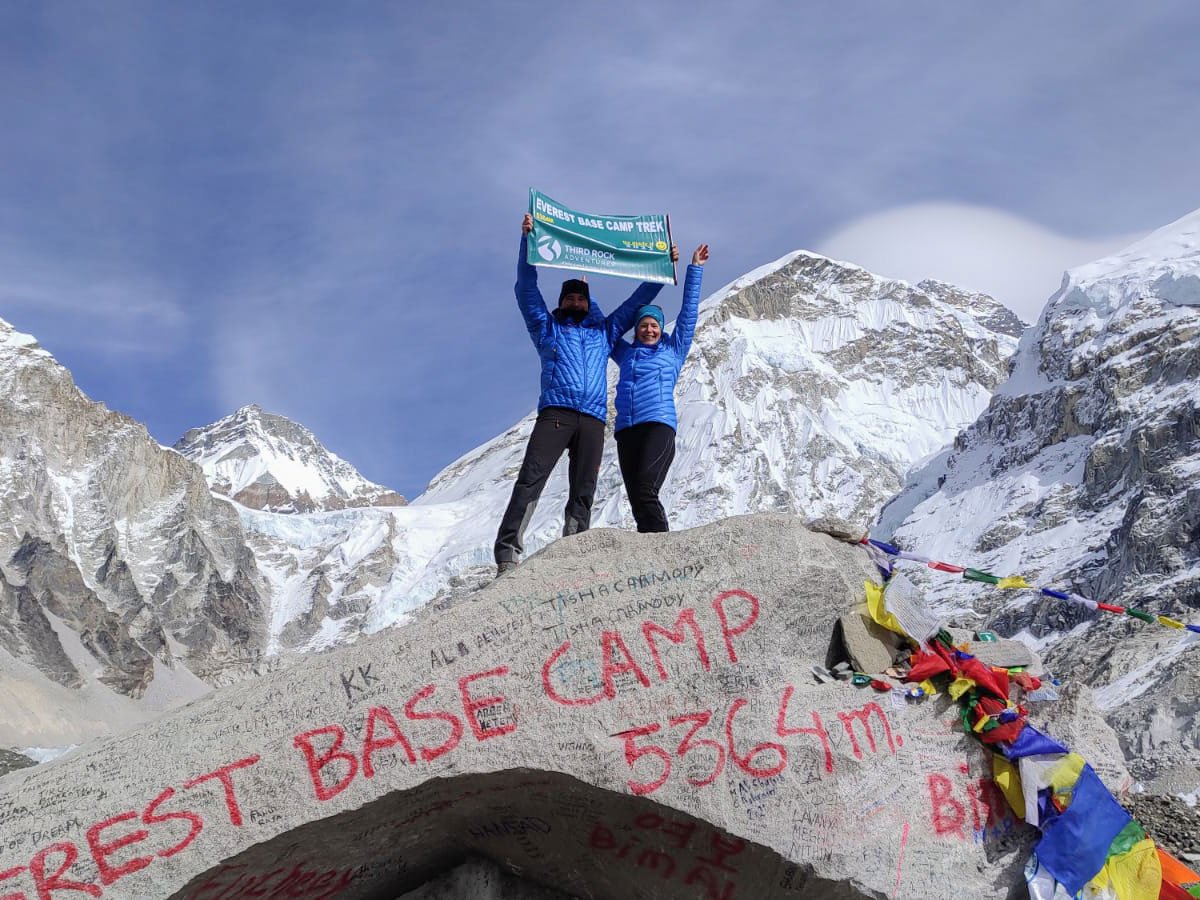
Once in Lukla, the trek to Everest Base Camp officially begins. The trek generally takes twelve to fourteen days, including two days of acclimatization to help your body adjust to the high altitude. Each day, you will walk for four to six hours, slowly gaining elevation through small Sherpa villages, swinging bridges, pine forests, and eventually icy paths surrounded by peaks that scrape the sky. The final destination, Everest Base Camp, sits at an altitude of around five thousand three hundred sixty four meters.
The average cost of the entire trek from India ranges between seventy thousand to one lakh rupees. This includes round trip airfare, permits, accommodation in tea houses, meals, guide and porter fees, and some gear rental. Hiring a guide is highly recommended, especially for first time trekkers, as they offer support, navigation, and cultural insight that greatly enhance the journey.
You will need two permits to enter the region. The first is the Khumbu Pasang Lhamu Rural Municipality permit and the second is the Sagarmatha National Park Entry permit. Together, these will cost around four thousand rupees and can be arranged in Kathmandu or at Monjo during the trek.
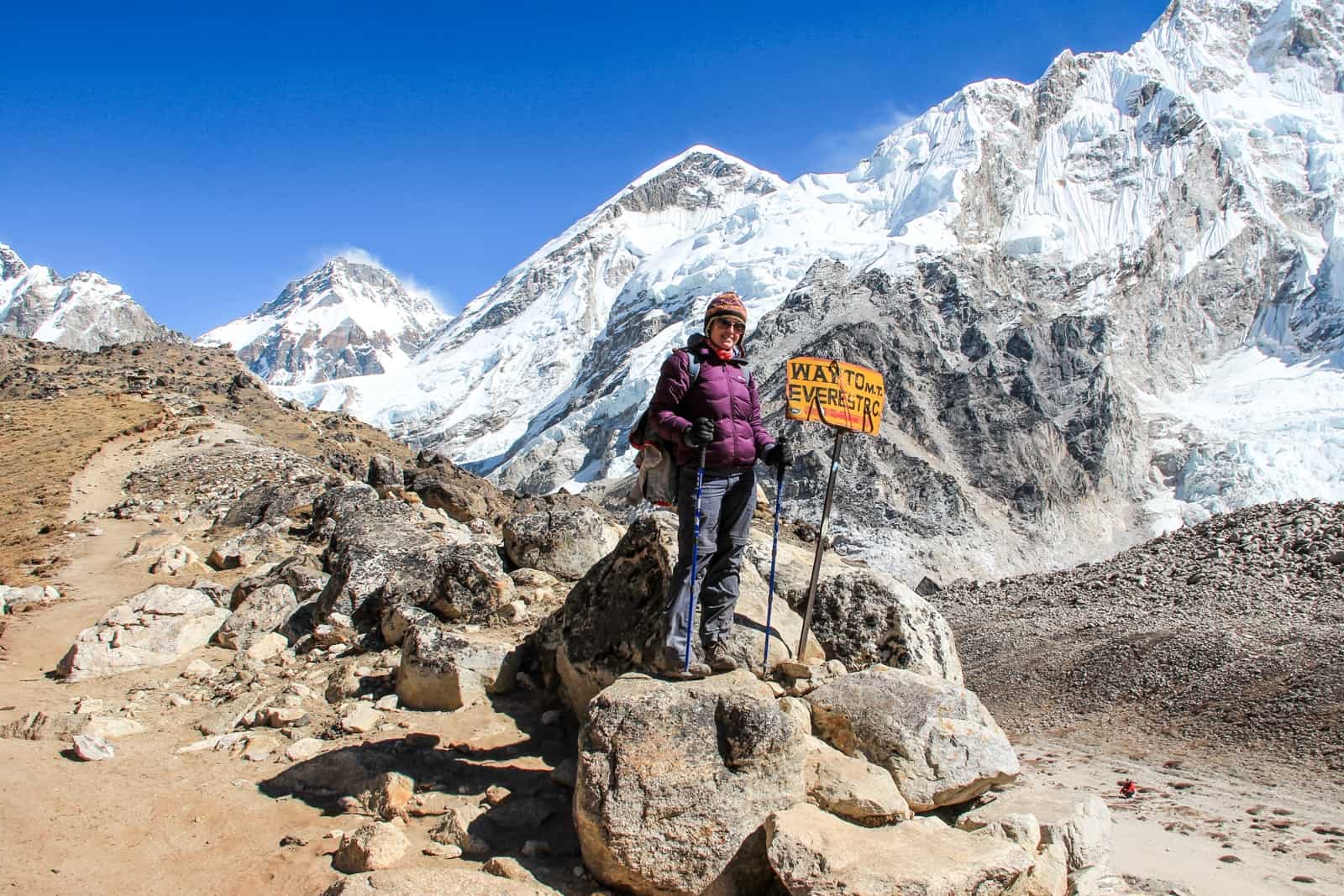
Packing right can make or break your experience. Carry proper trekking shoes, thermals, waterproof jackets, gloves, and a sleeping bag suited for sub zero temperatures. Other essentials include sunscreen, water purification tablets, a reusable water bottle, a basic medical kit, snacks for energy, power banks, and toiletries. Renting trekking gear in Kathmandu is a popular and budget friendly option if you want to travel light from India.
Altitude sickness is the biggest risk on this trek. It can affect anyone regardless of age or fitness level. To avoid it, follow the golden rule of trekking: climb high, sleep low, drink plenty of water, and do not rush. Acclimatization days in Namche Bazaar and Dingboche are built into most itineraries to help your body adjust.
The best time to do the Everest Base Camp trek is during the pre monsoon season from March to May and the post monsoon season from late September to early December. These months offer clear skies, stable weather, and the best mountain views.
Food and accommodation along the route are simple but adequate. Expect basic wooden tea houses with shared rooms and hearty meals such as dal bhat, noodles, momos, porridge, and tea. Most tea houses charge for hot showers and device charging, so carry some Nepali rupees for these extras.

Travel insurance that covers high altitude trekking is highly recommended. While most treks go smoothly, insurance can be a lifesaver if emergencies arise and helicopter evacuation is needed.
The Everest Base Camp trek is not just a physical challenge but a mental one too. The cold, the fatigue, and the slow pace all teach patience, humility, and resilience. But the reward is immense. Watching the first rays of sunlight touch Mount Everest, hearing the silence of glaciers, and walking in the footsteps of legends is an experience that stays with you long after the trek ends.
If you are an Indian traveller dreaming of Everest, this is your sign to begin the planning. With the right preparation, a reasonable budget, and a strong will, standing at the base of the world’s highest peak is absolutely within reach.
For more travel guides, detailed itineraries, and hidden gems around the world, follow Travel Moves on Instagram and Facebook.

